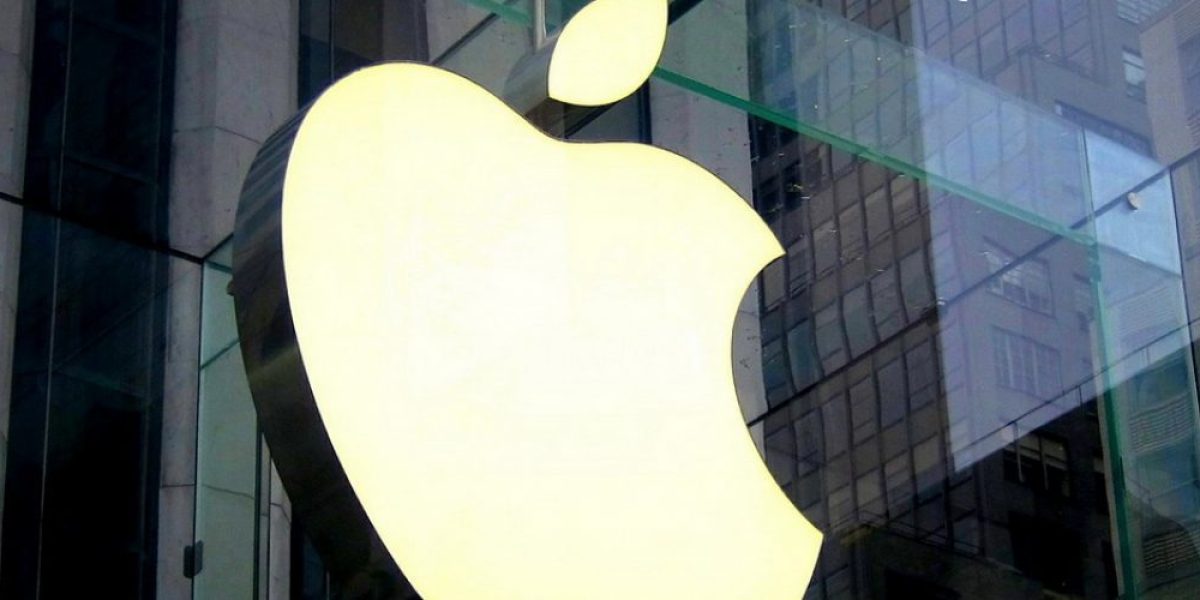Daniel Wu
A couple of months ago I wrote an article about Apple’s services strategy following the company’s annual iPhone launch event. Today’s article will elaborate on a point I previously touched on in passing – the $50 price cut on the most popular iPhone model. Apple, known for selling premium hardware at a very premium price, appears to be taking a more elastic approach to pricing as the global smartphone cycle extends further into maturity. The convenient bear argument is that the iPhone has reached the peak of its pricing power and must now concede to competitive realities. While there is a grain of truth here, we believe this new pricing strategy aligns perfectly with Apple’s evolving identity as a hardware-and-services ecosystem.
The iPhone 11, which succeeds the entry-level iPhone XR, is $50 cheaper despite two major upgrades over the XR – the addition of a second rear camera and an OLED screen. It is also powered by the A13 Bionic chip, the same processor in the iPhone 11 Pro series. The Apple of old would have used these upgrades to justify a constant price if not a price increase over the XR, but the fact that the price came down is the strongest signal to date of Apple’s shifting priorities. Granted, Apple’s component cost curve could have fallen sufficiently over the higher-priced iPhone X and XS models that it can now pass these cost savings on to customers, but such an argument could also have been made for the iPhone 6S/7/8 which were incremental upgrades over the iPhone 6 form factor but saw no price reductions.
From a competitive point of view, this price reduction makes a lot of sense. As with any product, the next incremental adopter is more price elastic than the previous adopter. To attract the incremental iPhone switcher, Apple would need to offer a more compelling product at the prevailing price or offer a more compelling price. The iPhone 11 Pro models achieve the former while the iPhone 11 is the first time Apple has taken the latter approach (previous attempts to price down were made with the iPhone 5C and SE which were vastly inferior to the flagship models, and thus failed). Considering the iPhone has always been the price bellwether in the high-end smartphone market, it would not be surprising if Apple’s uncharacteristic price cut caught many competitors off-guard. Competitors are now competing with Apple not only on experience but also on price, which is a difficult position for hardware manufacturers to be in. Apple’s custom silicon means the iPhone 11 performs better than most other smartphones in similar or even higher price ranges, and competitors don’t have a massive high-margin services business to help pad their low hardware margins.
This is where Apple’s services strategy ties in. As previously mentioned, this pricing change is the most pronounced strategic shift yet from hardware to ecosystem. Historically, Apple has used the iOS platform, App Store and other services to support the premium pricing and industry-leading gross margins of its hardware. Now, Apple looks to be using hardware to accelerate the growth of its high fixed cost but (mostly) low variable cost service businesses. The high services gross margin (64% and expanding) has helped offset downward pressure on hardware margins due to costlier components in the iPhone X and subsequent models and will also help offset any margin pressure from a lower iPhone average selling price (ASP). In fact, Apple has guided to flat sequential gross margins despite both a higher mix of iPhone sales in the holiday quarter and what we estimate to be a low to mid-single-digit percentage reduction in ASP.
CEO Tim Cook has repeatedly stressed the importance of growing the total active installed base of iPhones, iPads and Macs, which we estimate to be over 1.4 billion devices globally. A cheaper “entry-level” iPhone certainly goes to expanding the installed base of iOS products especially in non-U.S. markets, which in turn drives not only greater services adoption but also sales of wearables such as Airpods and the Watch. Indeed, Alibaba revealed that during the first 10 minutes of this year’s November 11 Singles Day shopping festival in China, Apple generated seven times more sales than it did the entire day last year! China is Apple’s most important growth market for iPhones and the App Store.
Apple is in an enviable position among smartphone peers for having a (relatively) high hardware margin and an even higher-margin services business. The flexibility offered by this setup allows Apple to pull hardware and services levers as required to maintain growth and margin in ways the competition simply cannot. Apple’s new pricing strategy uniquely leverages both the company’s hardware scale and its services ecosystem, and is already starting to reward faithful long-term shareholders.
The Montaka funds own shares in Apple.

Daniel Wu is a Research Analyst with Montaka Global Investments. To learn more about Montaka, please call +612 7202 0100.





